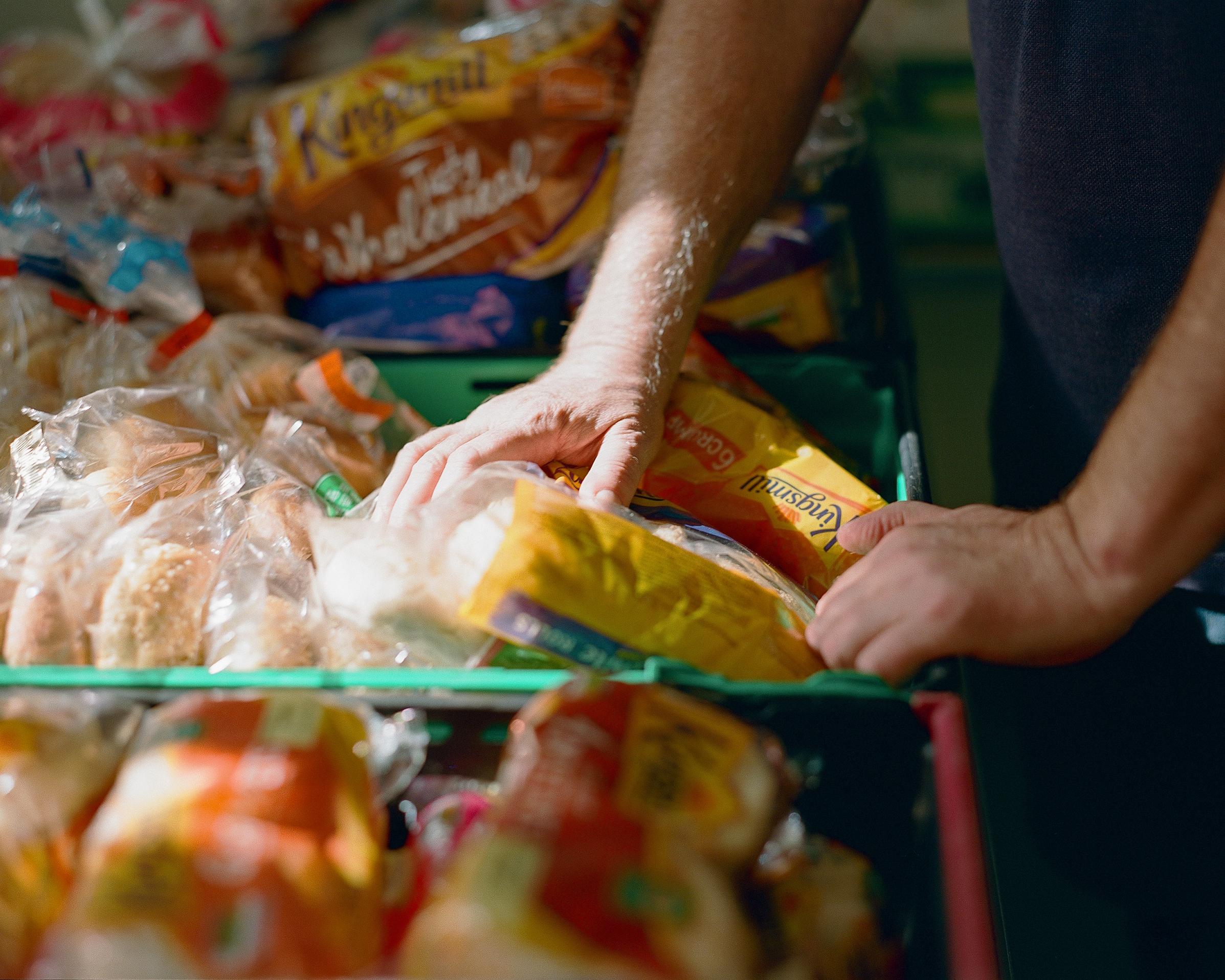From disability to destitution
The official story on poverty among disabled people is bad enough. But new JRF analysis reveals that when it comes to the real essentials of life, like heating and food, the problem is far worse than acknowledged in Whitehall.
Illness is not an indulgence for which people should have to pay, the costs of which should be shared by the community. That is the logic that has supported the NHS since its inception, and – you might think – a close corollary would be that the community should also collectively ensure that neither the costs nor the obstacles to earning a wage that disabilities impose should force anyone into penury. Indeed, from the early 1970s, a dedicated system of benefits evolved with precisely this aim in mind.
More recently, however, amid such retrenchments as the hacking back of the old Disability Living Allowance into the more stringent Personal Independence Payment, policy has again come to approach long-term health conditions almost as ‘an indulgence’. The inevitable result is evident in, as JRF reported in UK Poverty 2022, “a gap of around 12 percentage points in poverty rates between disabled and non-disabled people” in our last pre-pandemic analysis, covering financial year 2019/20.
That sounds bad enough. But what if we look instead specifically at deep poverty? Exactly how deep income poverty has to be to qualify is obviously somewhat arbitrary, but drawing the line at 40% of the contemporary median, as compared with the standard headline measure of 60%, is as defensible as anything else. If we do that, and further restrict our attention to working-age families (pensioner families, of course, enjoy a different benefit regime) we find that about 15% of people in disabled families to be in deep poverty, compared with 9% of people in non-disabled families. (NB: there are always different ways to cut the data; here we are focusing on working-age families where at least one member, whether adult or child, has a disability—using the Equality Act definition).
None of the absolute numbers here are vast, because we are deliberately restricting ourselves to the very poorest. But the thing to watch is the gap. And what the first chart shows is that the risk of deep poverty, on this basis, is some 60% higher in families where someone is disabled than those where nobody is.
From disability to deep poverty
Even this dark conclusion is likely to be concealing the full economic penalty that millions of disabled Britons are paying – and for two distinct reasons. First, some – but only some – disabled people are part of a couple, which can enable them to smooth the rough edges of life by pooling resources. The full exposure of people who are single, by contrast, is likely to be greater than that which registers in the average ‘all disabled’ figures above. Again, there are different potential ways to cut the data. But for simplicity, as a first pass, let us simply exclude disabled people in couples, and compare single adult (including lone-parent) disabled families with families where there is no disability. For brevity, we will refer to such families as ‘single disabled’.
Immediately, we can see that the deep poverty rate for people in single disabled families is now considerably higher than that reported for all disabled families above. At around 20%, it is also strikingly high as an absolute figure, given this is a very low poverty line which is drawn to catch only the poorest of the poor. Moreover, we can see that the ‘gap’ with non-disabled Britain is now much more dramatic: the deep poverty rate for those in our ‘single disabled’ families is revealed as more than twice as high.
Disabled and alone
But there is a second reason why even these figures may still be under-stating the extent to which low incomes are translating into hardship. Namely, the specific costs of living with a disability – for example, around mobility and care. These are the very problems which, half a century ago, dedicated benefits were created to deal with. The analytical problem in looking only at income data is that we can see the Personal Independence Payments and other benefits coming in, but not the unavoidable taxi receipts and home-help standing orders that they exist to cover. One possible approach, which we take in UK Poverty 2022, is to look at what poverty rates would look like if we exclude these benefits from the income definition, but this assumes they exactly match the extra costs of disability, when there is evidence that they often fall greatly short of this.
Fortunately, we can cut through to the consequences of these costs, by examining what households tell the Government’s own Family Resources Survey about various things they are forced to go without. Once again, we concentrate on the comparison between families where nobody is disabled and single adults in families where somebody is. Although the FRS’s so-called ‘material deprivation’ suite asks families about their ability to afford all sorts of things, like annual holidays and a little ‘money to spend on yourself’, true to JRF’s increasing focus on destitution, we want to concentrate on the real basics of life: heating, eating and keeping up with your bills and debt payments: the last being important not only for the stress it represents, but for the downward spiral it can set in train.
Starting with that question of arrears on bills, and focusing once again on the contrast between families where nobody is disabled and our ‘single disabled’ families group, we can see that the risk of people in the latter falling behind on their bills is roughly four times as high as for people in the non-disabled group.
Never enough: the ‘mounting bills’ penalty
Moving on to hunger, which we examine by listening to what families report about financially-induced disruptions to ordinary eating patterns, we find an even larger gap. A bit more specifically, we focus on families with ‘very low food security’, which means one or more of their members was either cutting back on food or eating in a disrupted manner because of lack of money, over the last 30 days. In a wealthy, advanced economy, one might have hoped this would be close to zero in 2022. It isn’t quite there for people in non-disabled families, but nor is the figure particularly high, at around 2%. But for ‘single disabled’ families, it is another story: in roughly 19% of these homes people aren’t eating as they would if lack of money were not an issue.
Lash of hunger: the nutrition penalty
Finally, and most topically, we turn to heating bills. To be clear, the data we’re looking at is from well before this spring’s 54% increase in the energy price ‘cap’ – and is, of course, also before the further sharp increase that is looming into view this October. But even when we look in the rear-view mirror and back into less punishing times, we can see a serious problem with heating for the ‘single disabled’ group. Breaking families down in the same way one last time, we see being unable to keep the home warm enough is a problem for only 3% of people in non-disabled families, but 18% of our ‘single disabled’ families.
Cold comfort: the heating penalty
To sum up, the differential – the excess risk people in the ‘single disabled’ group face – is more than double that for people in non-disabled families on the deep income poverty count. And that gap rises sharply again when we look at their ability to budget for life’s essentials after dealing with all the special costs that they face. More particularly, the excess risk of this group is roughly four-fold for keeping up with the bills, roughly six-fold on our measure of going cold, and roughly nine-fold on our indicator of going hungry.
It's becoming almost a cliché to observe we are in times where poorer Britons are having to choose between heating and eating. Putting our new analysis together with rocketing inflation, it isn’t alarmism to suggest that there is a significant chunk of disabled Britain that could soon not even have that choice: as fuel bills rise, they will grow cold and they will go hungry. And the community will be punishing disability as if it were an indulgence – which will rather call into question whether it is a community at all.

This story is part of the deep poverty and destitution topic.
Find out more about our work in this area.

